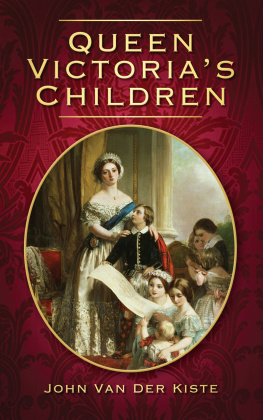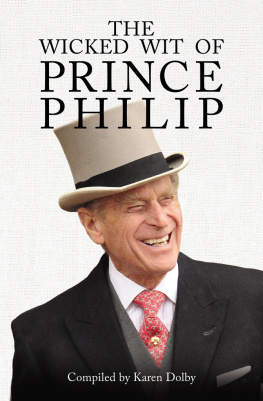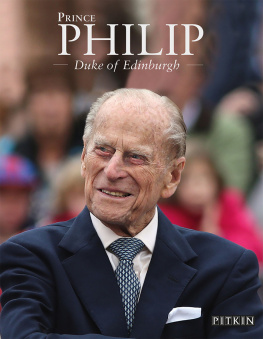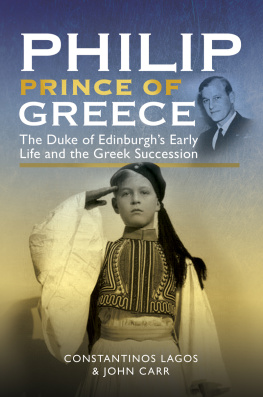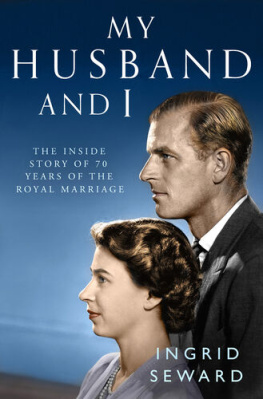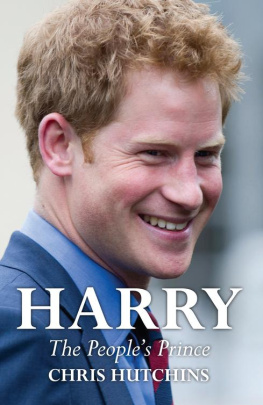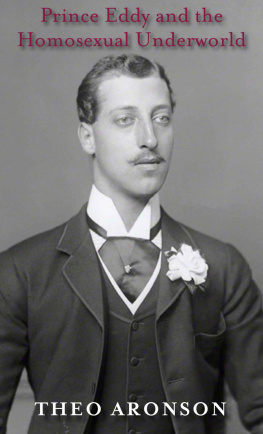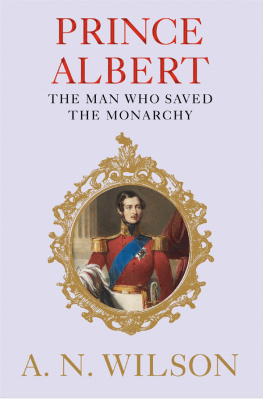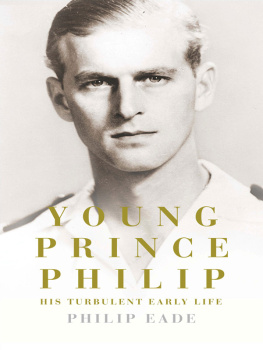Contents
Guide

DEDICATION
To Debbie Clayden,
the truest of friends.
First published 2021
The History Press
97 St Georges Place, Cheltenham,
Gloucestershire, GL50 3QB
www.thehistorypress.co.uk
Ian Lloyd, 2021
The right of Ian Lloyd to be identified as the Author of this work has been asserted in accordance with the Copyright, Designs and Patents Act 1988.
All rights reserved. No part of this book may be reprinted or reproduced or utilised in any form or by any electronic, mechanical or other means, now known or hereafter invented, including photocopying and recording, or in any information storage or retrieval system, without the permission in writing from the Publishers.
British Library Cataloguing in Publication Data.
A catalogue record for this book is available from the British Library.
ISBN 978 0 7509 9699 0
Typesetting and origination by The History Press
Printed and bound in Great Britain by TJ Books Limited, Padstow, Cornwall.

Contents
Foreword
The present reign has, to all intents and purposes, been a joint one. For sixty-five years, from the accession in 1952 to the Princes retirement in 2017, many events in the royal year, from the State Opening of Parliament to the opening of a factory in Birmingham, were in the presence of HM the Queen and HRH the Duke of Edinburgh.
Elizabeth II is the most travelled monarch in British history, having made some 266 overseas visits to 116 countries. It has been calculated that she has travelled 1,032,513 miles the equivalent of lapping the globe forty-two times. Equally amazing is that for every one of those million-plus miles, the Duke of Edinburgh has been by her side (or, more often than not, three steps behind). In addition to all those joint tours, the Duke carried out 637 overseas tours on his own as well as 22,219 solo engagements between the Queens accession in 1952 and his retirement in 2017.
The aim of this book is to present an overview of the Dukes life in 100 chapters. It is by no means a complete biography of Prince Philip but will try to highlight certain themes or topics that may be unfamiliar to many readers.
His has been a fascinating life, dominated by two family tragedies. The first was his mothers manic depression which led in 1930 to her incarceration in the first of two sanatoria and, crucially, a seven-year separation from her only son. That same year, his father left for the South of France with his mistress and, between December 1930 and August 1931, his four sisters married. Nine-year-old Philip was effectively orphaned and, since the family home in Paris was closed down, more or less homeless, forcing him to spend his school holidays with friends and relatives. His unstable teen years probably account for his prickly character and defensive comments. Contemporaries recall he never felt sorry for himself, though he once revealed to a courtier: I used to wonder who I was.
The second family tragedy came just over four years after his wedding to Princess Elizabeth with the death of her father King George VI at the age of only 56. Had the King died at, say, 80 years of age, then Elizabeth II would have succeeded just short of her fiftieth birthday and Philip would have been 54, and would almost certainly have enjoyed another two decades of naval service.
There was another problem. According to her friends, American-born Meghan Markle felt totally unwelcome in the Royal Family, but her story pales into insignificance against Philips. At the time of his engagement, a newspaper poll found 40 per cent of readers objected to Elizabeth marrying someone foreign, despite the fact he had spent the whole of the Second World War serving in the Royal Navy. Senior members of the Royal Household disliked and distrusted him, whilst, continuing the foreign theme, the Kings friends dubbed him Charley Kraut. Even today he is satirised by the press and public as Phil the Greek.
He was even an outsider constitutionally. As a male consort his role was less defined than that of a female consort, as he explained to one of his biographers: If you have a King and Queen, there are certain things people automatically go to the Queen about. But if the Queen is also the Queen they go to her about everything. In the end he tried to carve out his own role, supporting some 800 organisations. These included the Duke of Edinburghs Award, founded in 1956 as a series of self-improving exercises for adolescents and young adults involving a wide range of activities. An ongoing success story, in the UK to date over 3 million awards have been achieved. The scheme has expanded to 144 nations over its six-decade history.
While the D of E Award is part of his legacy, so is his reputation as a ladies man and his propensity to make gaffes. The former haunts him, much to his obvious annoyance, and reports of his alleged flings have often been based on the flimsiest of evidence. His quips and gaffes have always been a constant delight to the press. As 97 per cent of royal engagements are boringly routine, the few that fail to go to plan are relished by the media. During the state visit to the Czech Republic in 1996, the Queen and Duke followed separate itineraries for one day. Two coaches waited to take journalists and photographers on the two away days. I climbed aboard the one for the Duke and was surprised to find half of Fleet Street following me. The reason soon became apparent, as one royal tour veteran claimed: Well, hes bound to stick his foot in it. In print his comments veer towards the downright offensive. One I was told hasnt ever made it in onto the list as it is so jaw-droppingly awful its hard to believe. The majority are actually very funny, said with a twinkle in the royal eye and, more importantly, well received by those hes talking to.
In writing this book I have drawn on my past interviews with the Dukes cousins, Lady Pamela Hicks and the late Countess Mountbatten, as well as several interviews with the Queens cousin, the late Hon. Margaret Rhodes, and a former assistant private secretary, Sir Edward Ford. I am also thankful to David Gorringe and the late Peter Bartlett for sharing their memories of filming the Royal Family documentary, and a former charity executive for recounting, off the record, his many anecdotes about the Duke at the Royal Variety Performance.
The book could not have been written without the invaluable help of the published sources written by biographers who have had access to the Duke and his circle. Philip Eades Young Prince Philip: His Turbulent Early Life is a superbly researched account of the first three decades of the Dukes life. Gyles Brandreths Philip and Elizabeth: Portrait of a Marriage is a witty overview of the royal couples life together and benefits from access to many new sources including the Dukes alleged amoureuses. Basil Boothroyd was the first to interview the Prince about his life in detail for his Prince Philip: An Informal Biography.
Over the years, I have also seen the Duke in action during more than 500 public and private engagements and several state visits abroad.
I would like to record my thanks to Joe Little, managing editor of Majesty magazine, for reading the manuscript and offering advice, to portrait painter Richard Stone for recalling his sittings with the Duke and to graphologist Tracey Trussell for analysing the Dukes handwriting for me. Finally I am indebted to Simon Wright, commissioning editor of The History Press, for agreeing to publish the book and for coping with the authors tardiness during this oddest of years.




